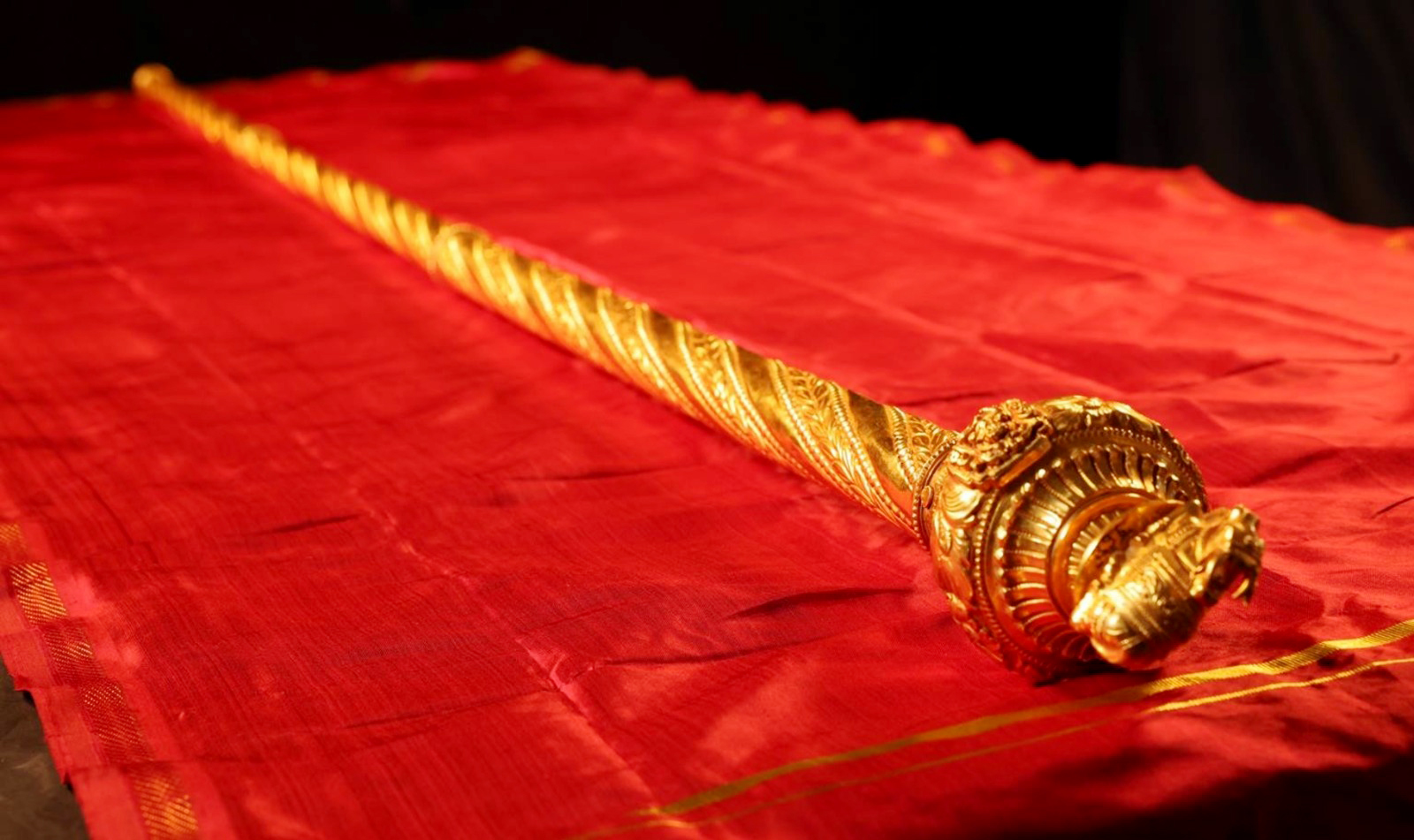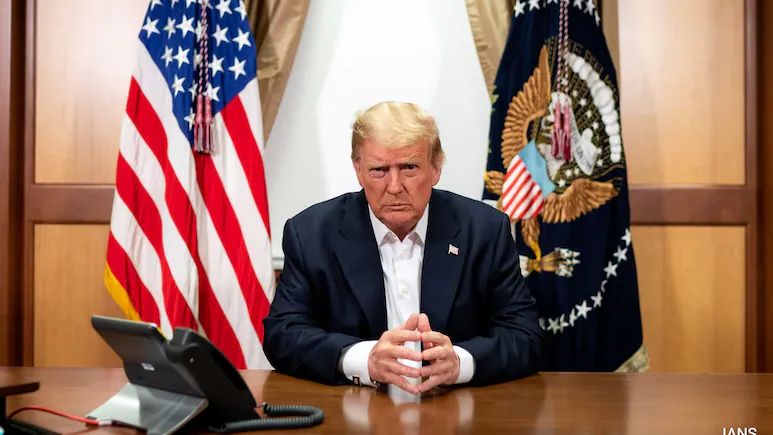In a recent online feud between two of India’s major political parties, Congress and Bharatiya Janata Party (BJP), a picture of India’s first Prime Minister, Jawaharlal Nehru, served as a catalyst. The tiff ignited when Congress posted a photo on Twitter displaying a diminutive Prime Minister Narendra Modi alongside an oversized depiction of Nehru.
In response, the BJP offered a rebuttal by juxtaposing a real-life image of Nehru with his seemingly larger-than-life portrayal. The BJP’s official media handle emphasised the distinction between Nehru’s actual and perceived stature by captioning the post, “The Truth of Nehru”.
This social media skirmish is part of a larger controversy surrounding the ‘Sengol’, a historical symbol recently installed by Prime Minister Modi in the Lok Sabha chamber of the newly dedicated Parliament building. The ‘Sengol’ is viewed by some as representing the transfer of British power to India.
Congress leader Jairam Ramesh refuted this interpretation, tweeting that there is no documented evidence that Nehru, Lord Mountbatten, or C Rajagopalachari ever characterised the ‘Sengol’ as a symbol of power transfer. Ramesh accused the BJP of manipulating facts to advance their political agenda. The sceptre, currently on display at the Allahabad Museum, has attracted criticism from opposition parties who have questioned its historical accuracy and political usage. Union Minister Hardeep Singh Puri accused detractors of indirectly opposing Nehru by opposing the inauguration of the new Parliament building and the associated symbolism of the ‘Sengol’.
The ‘Sengol’, whose name stems from the Tamil word ‘Semmai’ meaning ‘Righteousness’, is an integral part of the cultural heritage from the Chola kingdom. Prime Minister Narendra Modi has decided to adopt the Sengol as a national symbol of the ‘Amrit Kaal’.

















